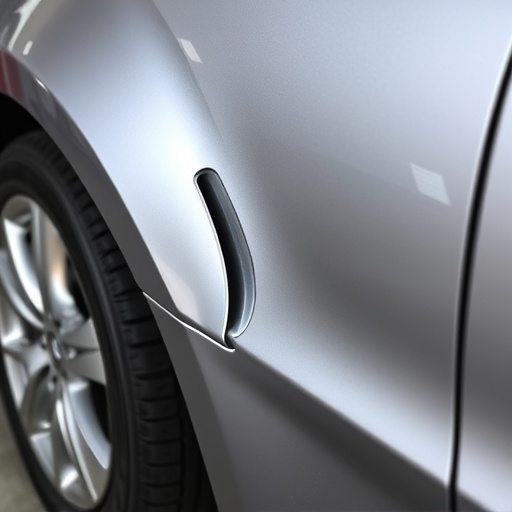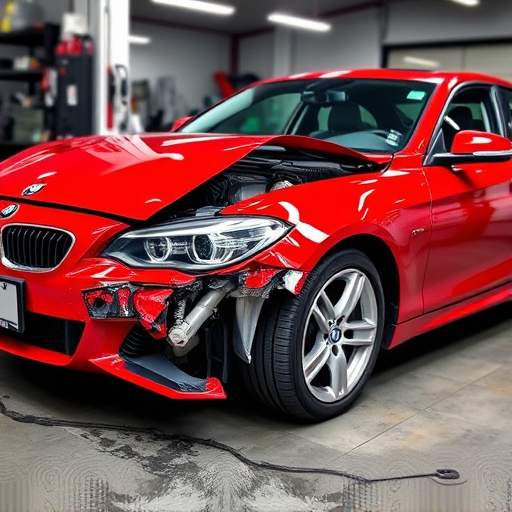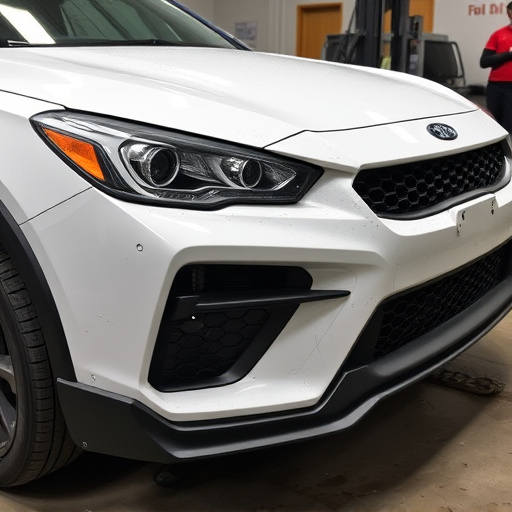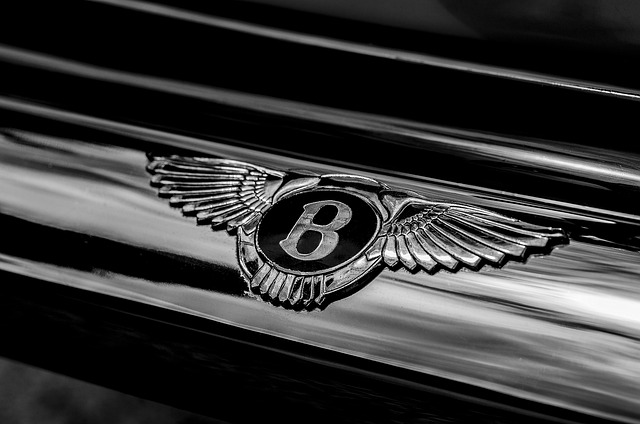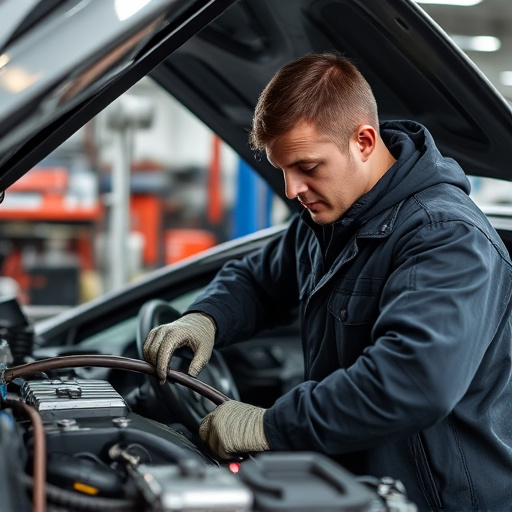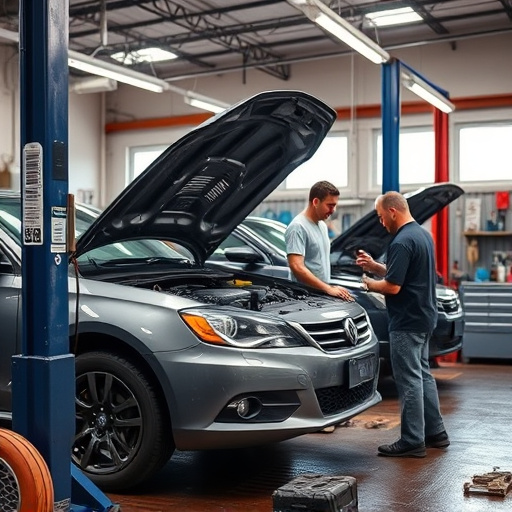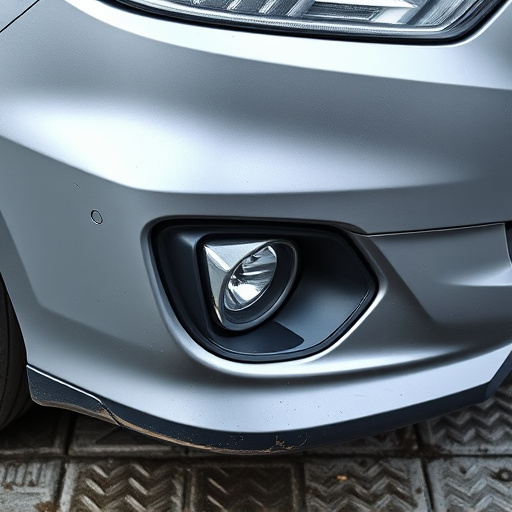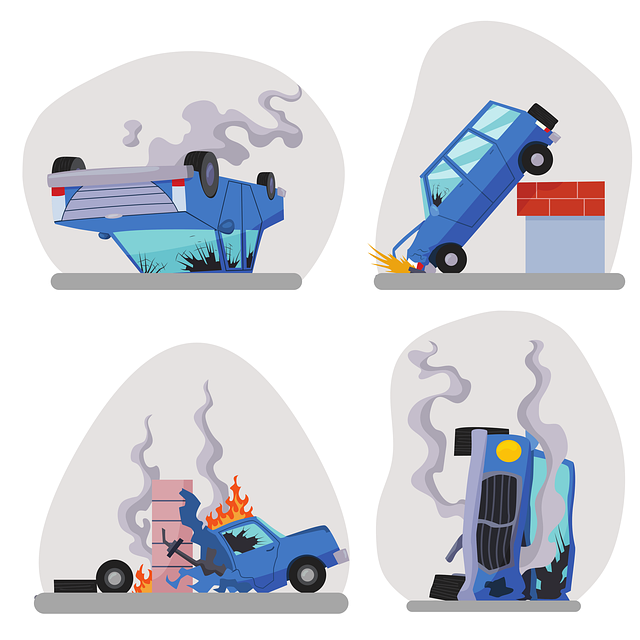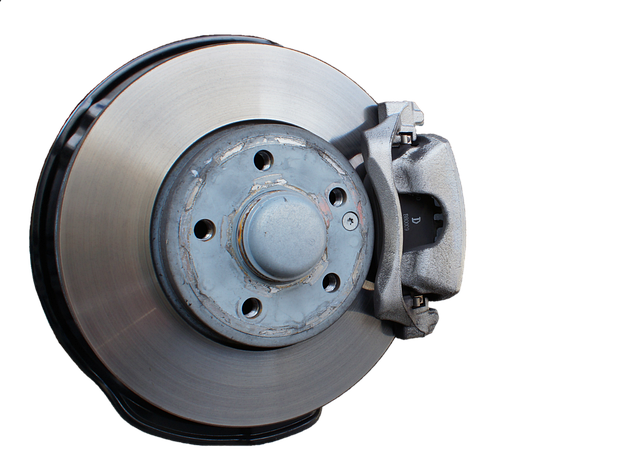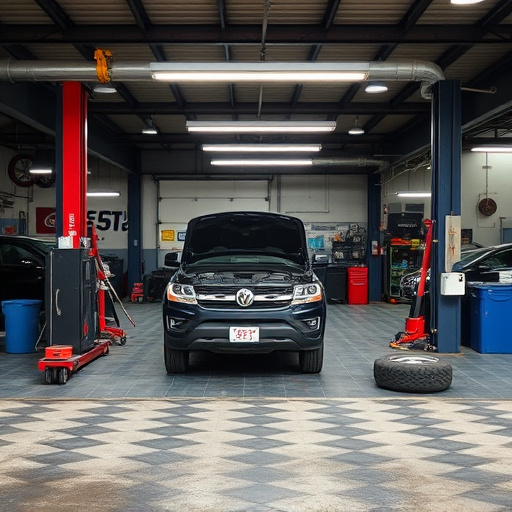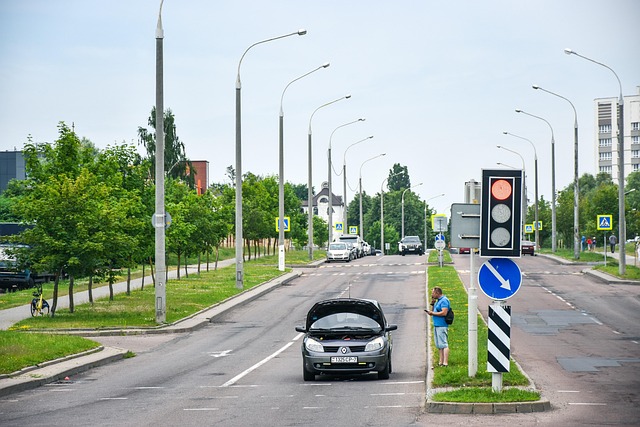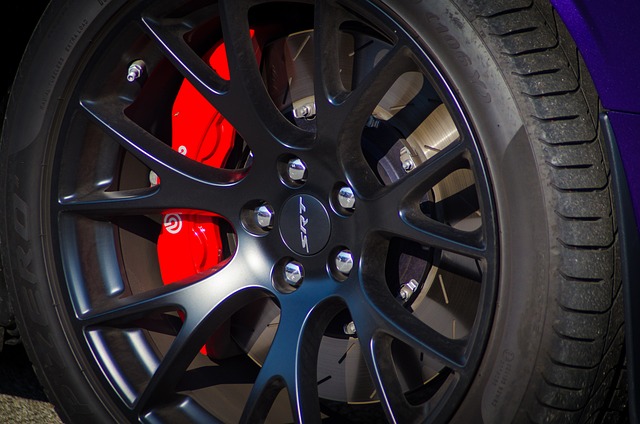Bumper reinforcement systems are vital safety features in modern vehicles, protecting against impact energy during collisions. Damage can range from minor to severe, requiring specialized repair techniques by skilled technicians who assess, disassemble, and replace or reinforce components using advanced tools. Efficient bumper reinforcement repair combines cutting-edge technology like CAD software for precise measurements, robotic welding systems for speed and consistency, and advanced paint technology for seamless finishes. Safety is paramount during repairs, emphasizing protective equipment, ventilation, tool handling, specialized automotive tools, manufacturer guidelines for parts replacement, and regular cleaning routines to ensure durable, safe repairs in auto body shops.
In the realm of automotive repairs, bumper reinforcement repair stands out as a critical process, ensuring vehicle safety and structural integrity. This article delves into the advanced tools and technologies transforming how professionals address bumper damage. From understanding the intricate bumper reinforcement systems to exploring common types of damage, we provide an in-depth guide. We highlight cutting-edge tools, best practices, and essential safety measures, empowering mechanics and DIY enthusiasts alike to tackle these repairs efficiently and effectively, focusing on optimal bumper reinforcement repair outcomes.
- Understanding Bumper Reinforcement Systems and Common Damage
- Advanced Tools and Technologies for Efficient Repair
- Best Practices and Safety Measures for Bumper Reinforcement Repair
Understanding Bumper Reinforcement Systems and Common Damage

Bumper reinforcement systems are integral components of modern vehicles, designed to absorb and distribute energy during a collision, protecting both passengers and the car’s structure. These systems typically consist of a network of metal beams, brackets, and other parts that reinforce the vehicle’s front or rear end. Understanding this complex network is crucial when undertaking bumper reinforcement repair, as it involves more than just fixing the visible damage. Common types of damage include dents, cracks, and misalignments caused by minor fender benders or severe accidents, necessitating precise and specialized car body repair techniques.
When a car undergoes a collision, the impact can cause significant stress on the bumper reinforcement system, leading to various types of damage. In minor incidents, it might be as simple as straightening out dents and realigning panels. However, more severe crashes can result in structural failures that require replacement parts and meticulous car collision repair work. Skilled technicians use advanced tools to assess the damage, disassemble affected components, and replace or reinforce them as needed, ensuring the vehicle’s safety and structural integrity. Efficient bumper reinforcement repair involves a blend of cutting-edge technology and craftsmanship, ultimately contributing to a seamless return to the road.
Advanced Tools and Technologies for Efficient Repair
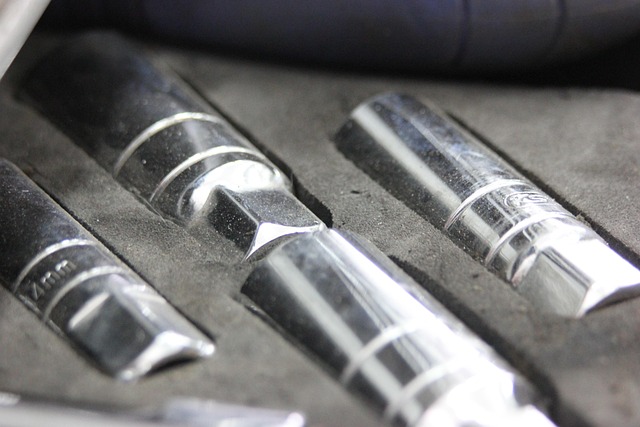
The evolution of technology has significantly transformed the automotive industry, particularly in the realm of bumper reinforcement repair. Advanced tools and techniques are revolutionizing how collision repair shops handle vehicle restoration, ensuring precision and efficiency. One such game-changer is the introduction of computer-aided design (CAD) software, which allows technicians to precisely measure and model the damaged bumper, facilitating accurate replacement parts fabrication.
Additionally, robotic welding systems have become indispensable in modern automotive repair. These robots offer unparalleled consistency and speed, enhancing the structural integrity of bumper reinforcement systems. Moreover, advanced paint technology ensures a seamless finish, replicating the original vehicle color perfectly. This not only restores the aesthetic appeal of the vehicle but also protects its surface from future damage, making it an essential aspect of any comprehensive bumper reinforcement repair process.
Best Practices and Safety Measures for Bumper Reinforcement Repair
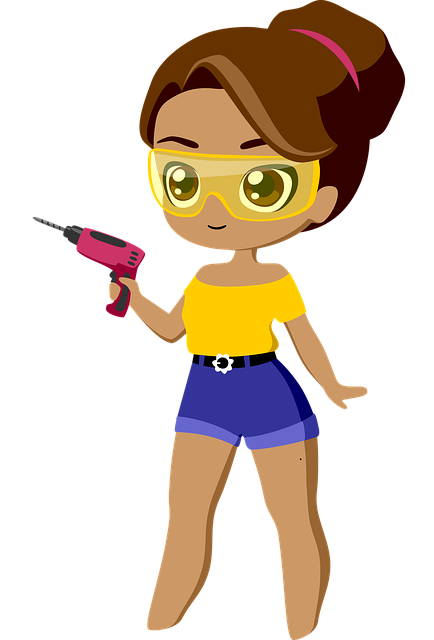
When undertaking bumper reinforcement repair, adhering to best practices and prioritizing safety is paramount. This involves wearing appropriate personal protective equipment (PPE), including gloves, safety glasses, and aprons, to minimize exposure to debris and hazardous materials. Ventilation is also crucial, especially when working with paints and solvents, to prevent inhalation of toxic fumes.
In an automotive body shop or auto body shop, proper handling of tools and materials is essential. This includes using specialized equipment designed for bumper reinforcement repair, such as precision cutting tools, welding machines, and advanced metal forming equipment. Additionally, strict adherence to manufacturer guidelines for parts replacement and bonding agents ensures the durability and safety of the final repairs. Regular cleaning and maintenance of these tools are also vital to prevent damage and maintain their effectiveness during vehicle body repair processes.
In conclusion, the process of bumper reinforcement repair has evolved significantly with advanced tools and technologies. Understanding common damage and implementing best practices ensures efficient and safe repairs for vehicle bumpers. By leveraging these modern techniques, professionals can restore structural integrity, enhancing the overall safety and aesthetic appeal of vehicles, thereby streamlining the bumper reinforcement repair industry.
